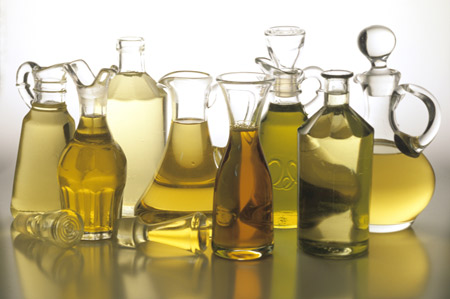Palm Oil Seen Rising 8% to Year High as Drought Wilts South American Crops
Category: Oilseeds
 (Bloomberg) – Palm oil may advance 7.8 percent by mid-April to the highest level in a year as cooking-oil demand outstrips supply, according to TransGraph Consulting Pvt. Chairman Nagaraj Meda, who has forecast prices for 13 years.
(Bloomberg) – Palm oil may advance 7.8 percent by mid-April to the highest level in a year as cooking-oil demand outstrips supply, according to TransGraph Consulting Pvt. Chairman Nagaraj Meda, who has forecast prices for 13 years.
Stockpiles of soybeans, crushed to make a substitute oil, will decline after dry weather hurt crops in Brazil andArgentina, said Meda, who’s also managing director of Hyderabad, India-based TransGraph, an industry adviser. Palm oil may climb to 3,500 ringgit ($1,159) from 3,246 ringgit now, before sliding to 2,800 ringgit after July as prospects for the U.S. soybean harvest become clearer, he said.
Palm oil, used in everything from candy bars to biofuel, rallied last month by the most since December 2010 after drought cut South American crops. Meda’s forecast for a near-term gain is less bullish than a prediction from industry veteran Dorab Mistry, who’s set to update his outlook at a conference this week in Malaysia, the second-largest producer.
There was positive price momentum following damage to the soybean crop, Meda said in a phone interview on March 1. Economic-stimulus packages in developed nations including Europehad also helped to boost demand, he said.
Palm oil climbed 6.2 percent in February on the Malaysia Derivatives Exchange, touching 3,321 ringgit on Feb. 28, the highest level since June, as soybeans and crude oil rallied. The global soybean harvest may drop by 19 million tons in 2011-2012, the most ever, after the dry weather, Hamburg-based researcher Oil World said on Feb. 28.
Bull-Market Call
Mistry, director of Godrej International Ltd., has said palm oil may advance to 4,000 ringgit. Michael Coleman, managing director at Aisling Analytics Pte., who is also addressing the two-day meeting in Kuala Lumpur, said last month the commodity may climb to $1,300 (3,925 ringgit) a ton by midyear.
Shifts in palm-oil prices help to influence global food costs, which have tumbled 10 percent since reaching a record in February 2011, according to a United Nations’ gauge. Higher prices boost profits at producers including Kuala Lumpur-basedSime Darby Bhd. (SIME) and Singapore-based Golden Agri-Resources Ltd.
Palm-oil prices would be supported by lower global reserves of oilseeds, including soybeans, as well as increased cooking-oil imports by India after local production dropped, Meda said. The country is the world’s biggest palm-oil buyer.
Edible-oil shipments into India may rise as much as 11 percent to 9.3 million tons in the year that began Nov. 1, he said. Imports (SEAICPOL) of crude palm oil and refined palm olein may represent as much as 76 percent, he said.
Total cooking-oil production in the world’s second-most populous nation may drop 10 percent to 6.88 million tons in 2011-2012 from 7.67 million tons the previous year as oilseed crops were damaged by excessive rain and dry weather, said Meda.
Palm oil may perform “very well over the coming months,”Coleman, co-founder of the Merchant Commodity Fund, told a conference in Singapore last month.
To contact the reporter on this story: Ranjeetha Pakiam in Kuala Lumpur at rpakiam@bloomberg.net
To contact the editor responsible for this story: James Poole at jpoole4@bloomberg.net




